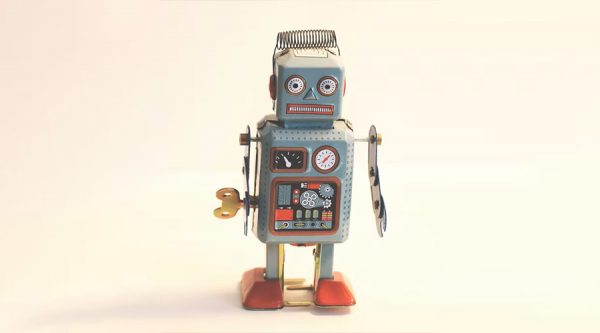Artificial intelligence is often vilified due to its controversial rep. But there is lots of good stuff it can do for us too.
Deep yearning for deep learning
It’s understandable why so many people — among whom are quite a few sociologists, jurists and human rights advocates — scold artificial intelligence bitterly. The typical phobias induced by the advance of deep learning are possible downsizing due to job automation, privacy breaches, rise of deepfakes, AI weaponization, and so on.
These fears are understandable. Especially, when we have a pleasure to observe how some of these macabre auguries are materializing right before our eyes. For example, in the words of law professors Bobby Chesney and Danielle Citron, deepfakes form a breeding ground for the so-called liar’s dividend — a dangerous phenomenon when legitimate evidence of inappropriate or even criminal behavior can be labeled ‘fake’ by the suspect and discarded.
But seeing negative aspects is always easier. With all its flaws, artificial intelligence can do a lot of good. Here’s a concise review of some benign purposes that artificial brains are serving today.
1. Antispoofing
A fun fact: your state of being alive is nearly everything you need to get authorized by a biometric system. (Apart from your biometric profile stored during the enrollment stage.) For that purpose, liveness standards and liveness detection have been designed.
Using AI-powered algorithms — like time-difference-of-arrival analysis implemented in speech verification — a system scans the so-called liveness cues. These cues indicate that the system is dealing with a living breathing human and not some sophisticated digital puppet created with a Generative Adversarial Network (GAN) or a scarily real mask sculpted with a 3D printer.
By analyzing your iris patterns, vocal spectrograms, heart rate, fingerprint friction ridges, facial geometry, and other cues, the system can reach a correct verdict and deny access to an impostor if they claim to be you. Yes, it’s possible to copy and falsify your biometrics with deep learning. But it can also protect them from almost all attack scenarios imaginable.
2. More accurate prognosis
Just like Romeo in act 3, we can also call ourselves “fortune’s fools” sometimes. Even though we may never obtain a fate-predicting crystal ball, AI is the best next thing. We are talking about special relativity, initially described in Einstein’s work On the Electrodynamics of Moving Bodies. (Check it here.) And what’s pretty cool, it covers a broad scope of application areas: from weather forecasting to predicting stock price dynamics.
For example, by learning meteorological datasets and studying recurring patterns, an artificial Neural Network (ANN) can provide invaluable weather-related data to the farmers. Or even foresee massive natural disasters slowly brewing in the air and alert the denizens and authorities in advance.
Prediction algorithms are also important for automatics. For instance, a mine-clearing robot — akin to Mesa’s Matilda — can better understand how certain objects or substances may react upon physical interaction, thus reducing the possibility of explosion.
And even when we do mundane stuff, like shopping for groceries, AI can make our lives a bit easier. A clever algorithm can literally time-travel 10-15 seconds into the future by analyzing the number of shoppers, their movement speed and patterns, amount of purchases, and other similar data. As a result, it can predict how soon the checkout queue will grow and call extra cashiers to help. So, thanks to this, we can avoid tediously long lines.
3. Producing art
It seems, robots can write symphonies and turn digital canvas into masterpieces after all. At least, this checks out for the project DALL-E, which can turn your words into a surprisingly good painting and which is based on Generative Pre-trained Transformer 3 algorithms.
Sometimes, its work is just decent enough and pleasant to look at. Other times, it can qualify to be a masterpiece like in the case of the macabre image series named Last selfie on Earth, which caused a lot of buzz online.
Apart from DALL-E you can also try its junior version Craiyon, Neural Blender, Dream, Kandinsky, and other solutions. Even though neural clusters of a robot would never replace Michelangelo or Cézanne, they at times look mesmerizing. So, if you can’t afford a visual artist for your project just now, consider recruiting a robot with a digital brush.
Source: analyticsinsight.net









